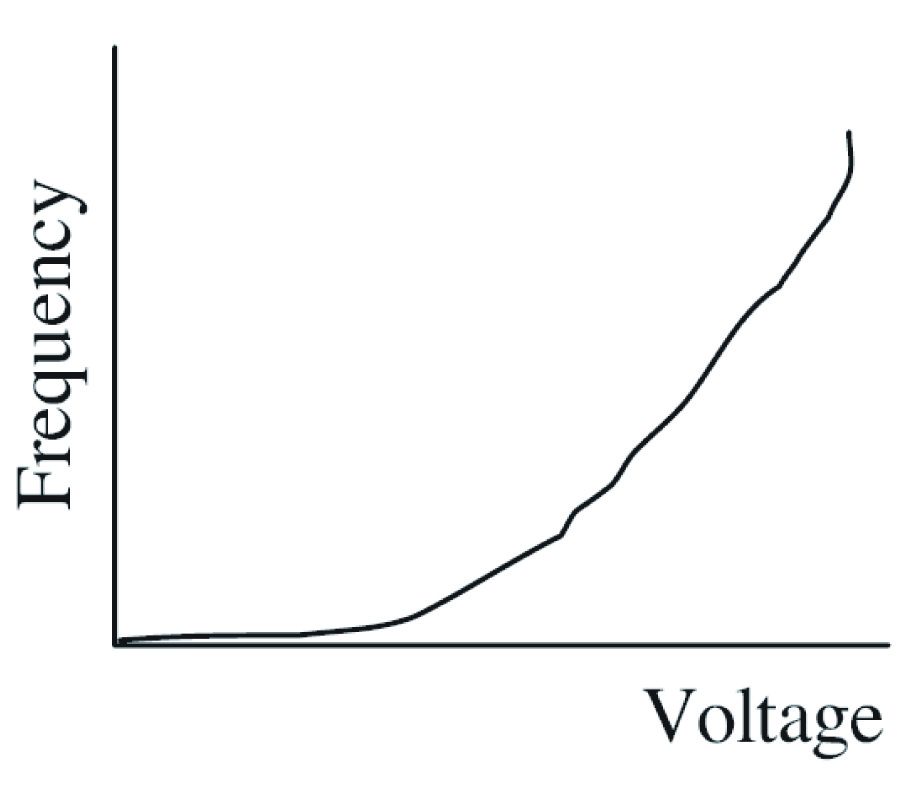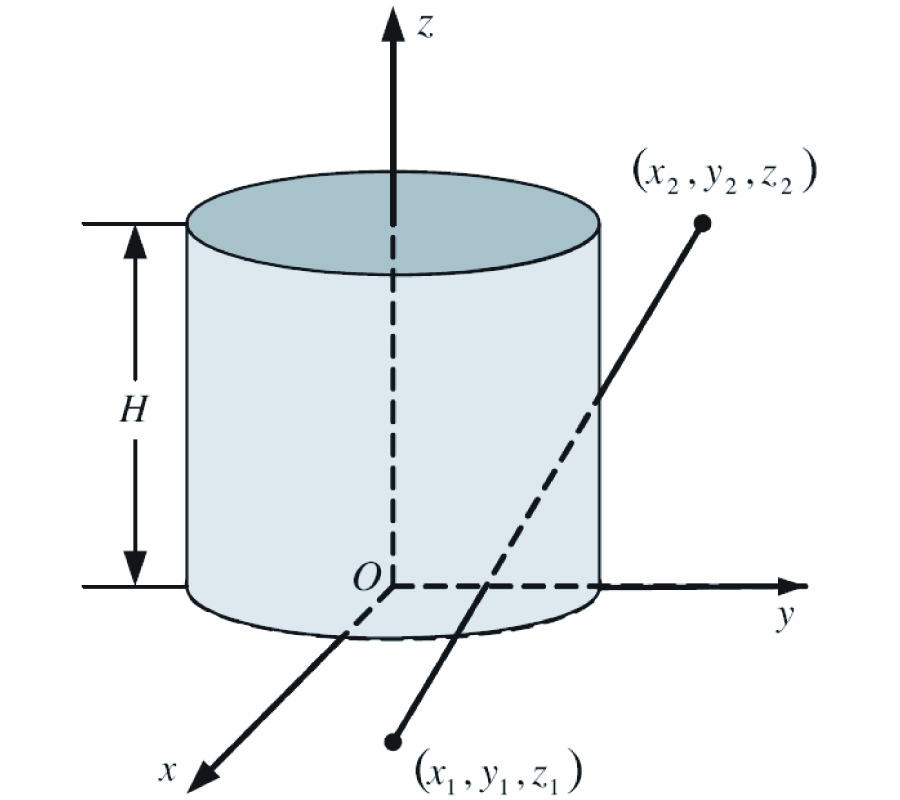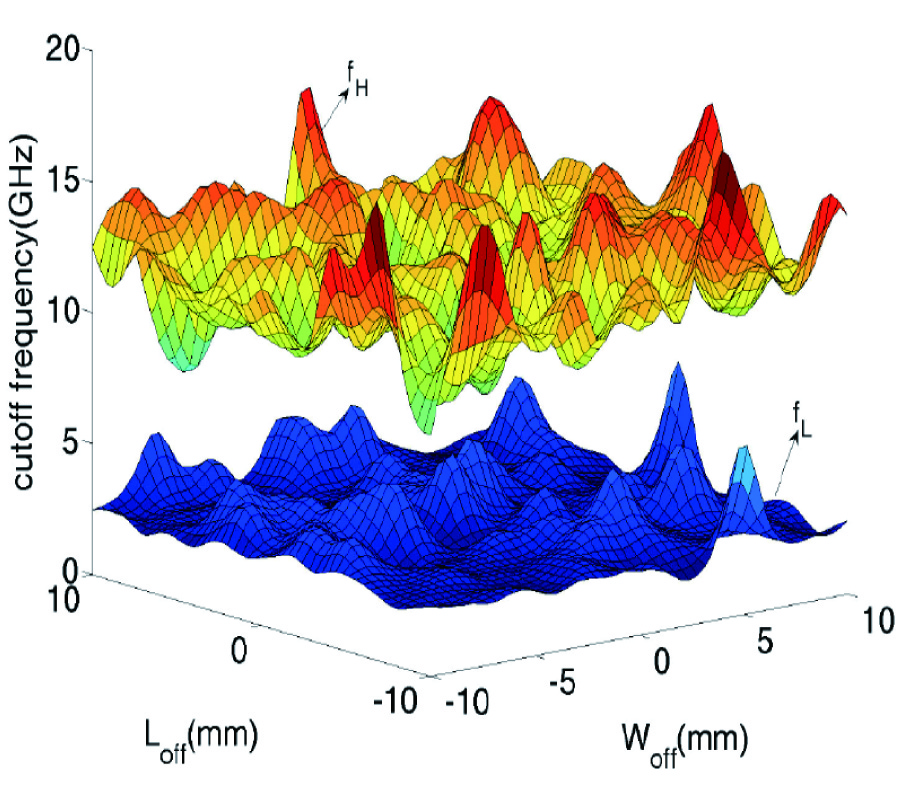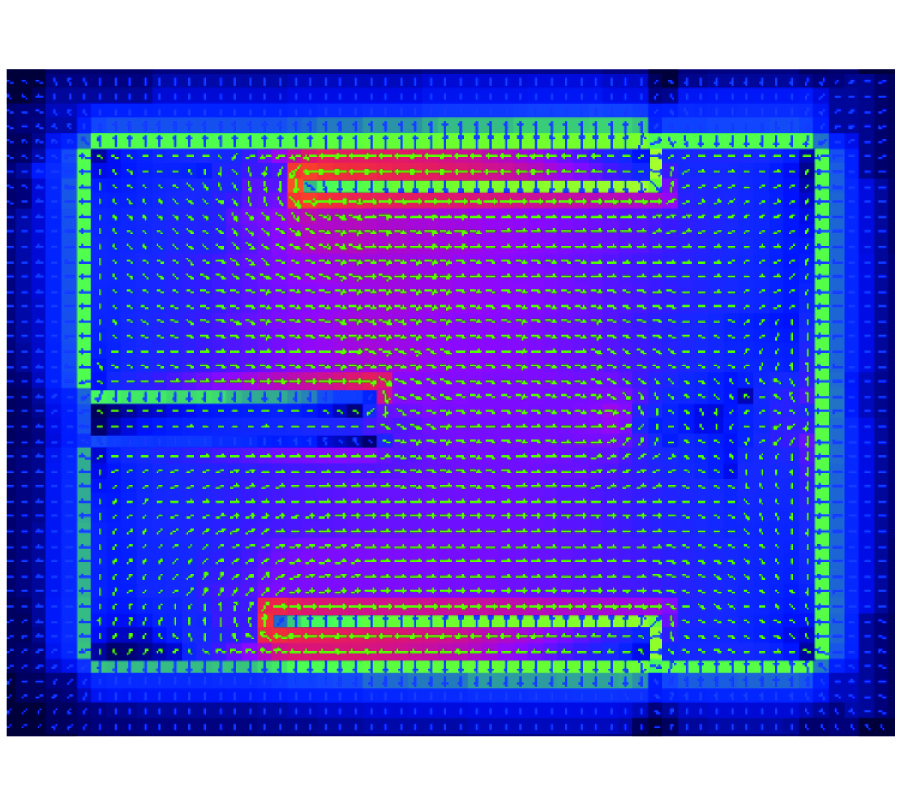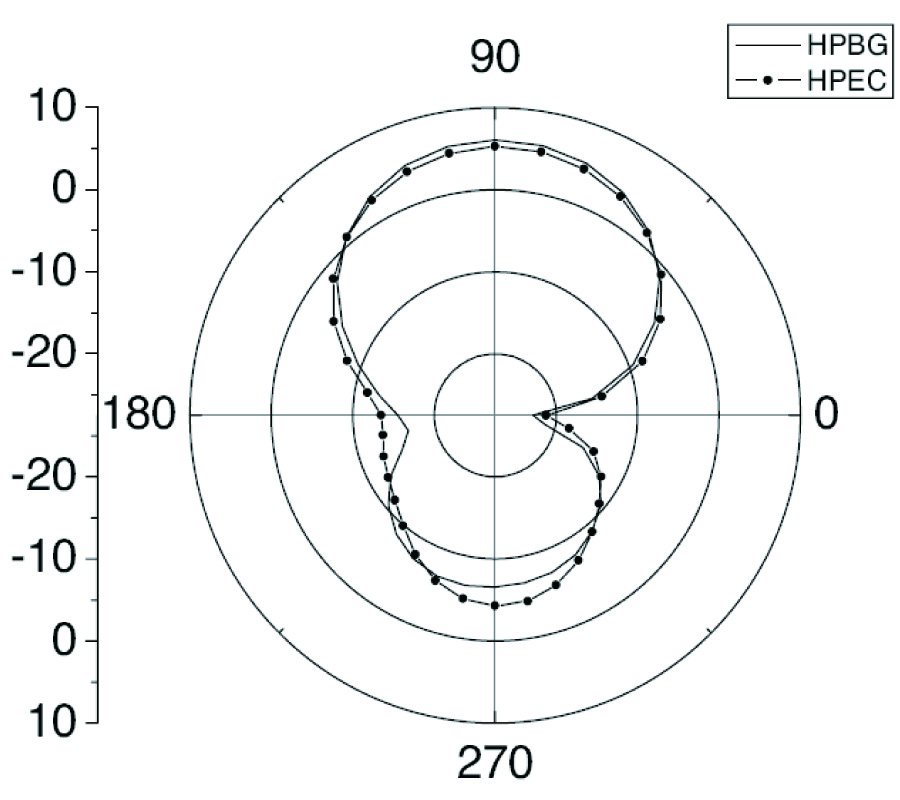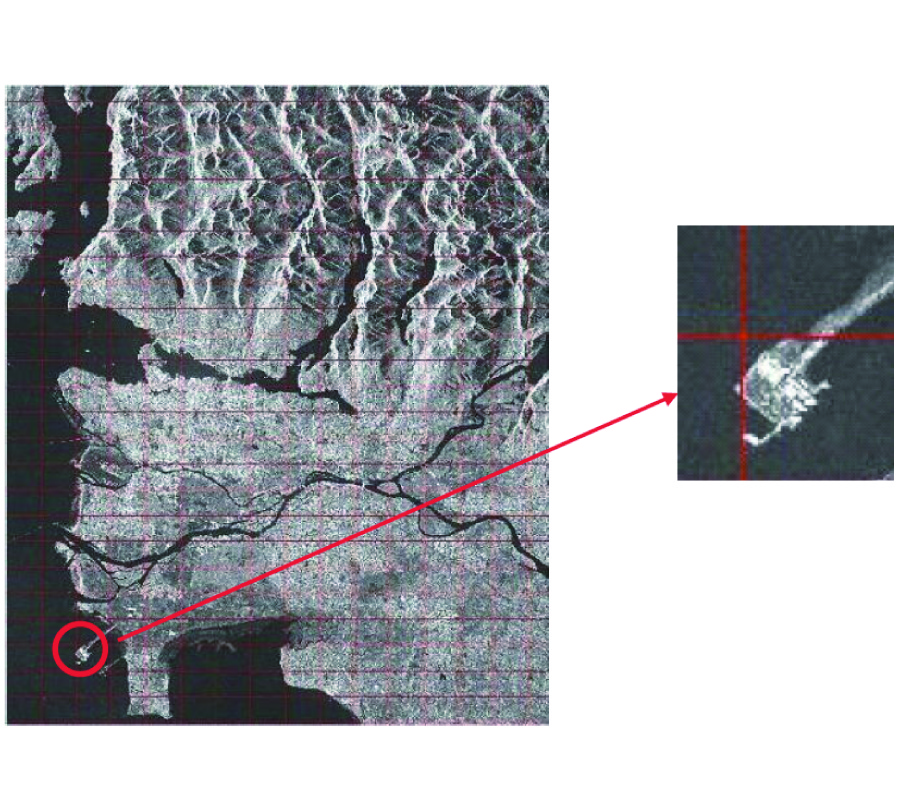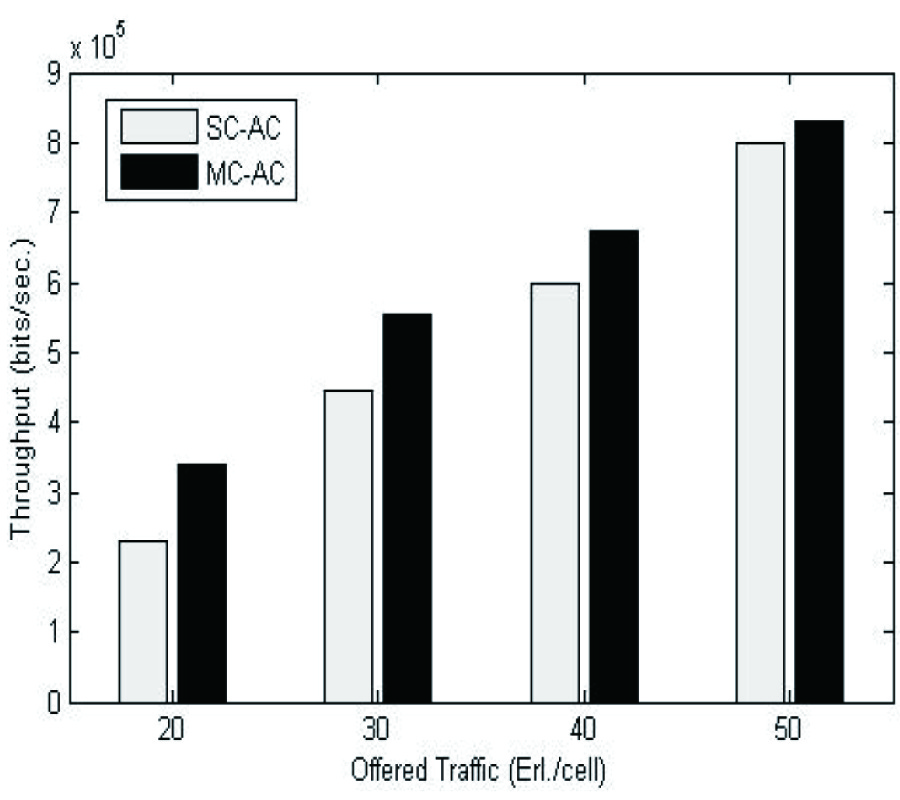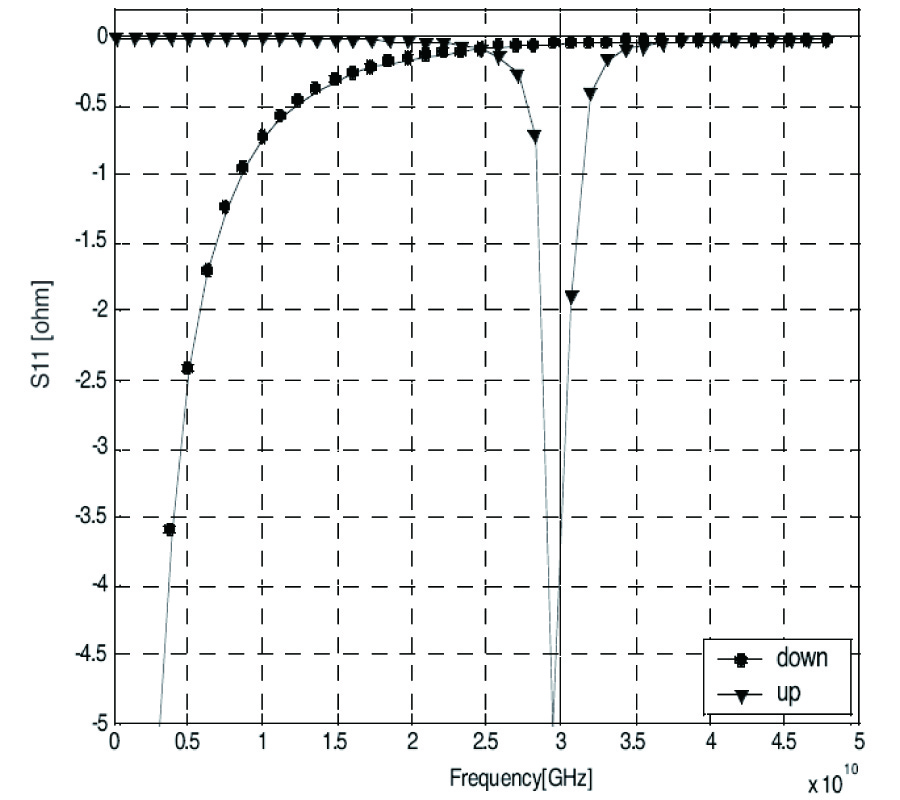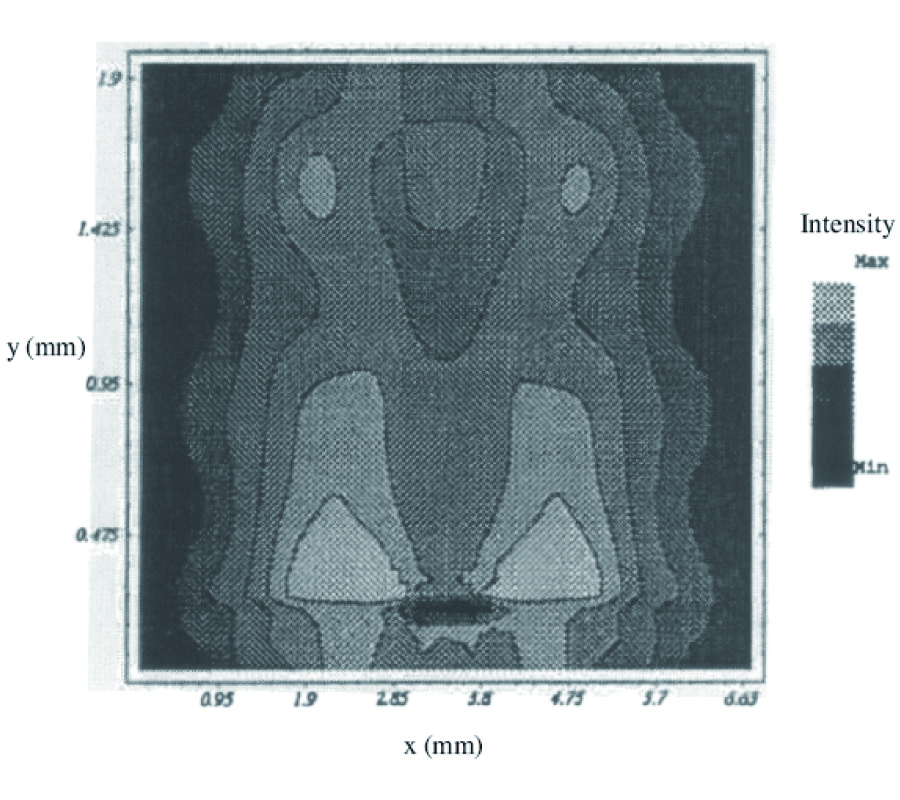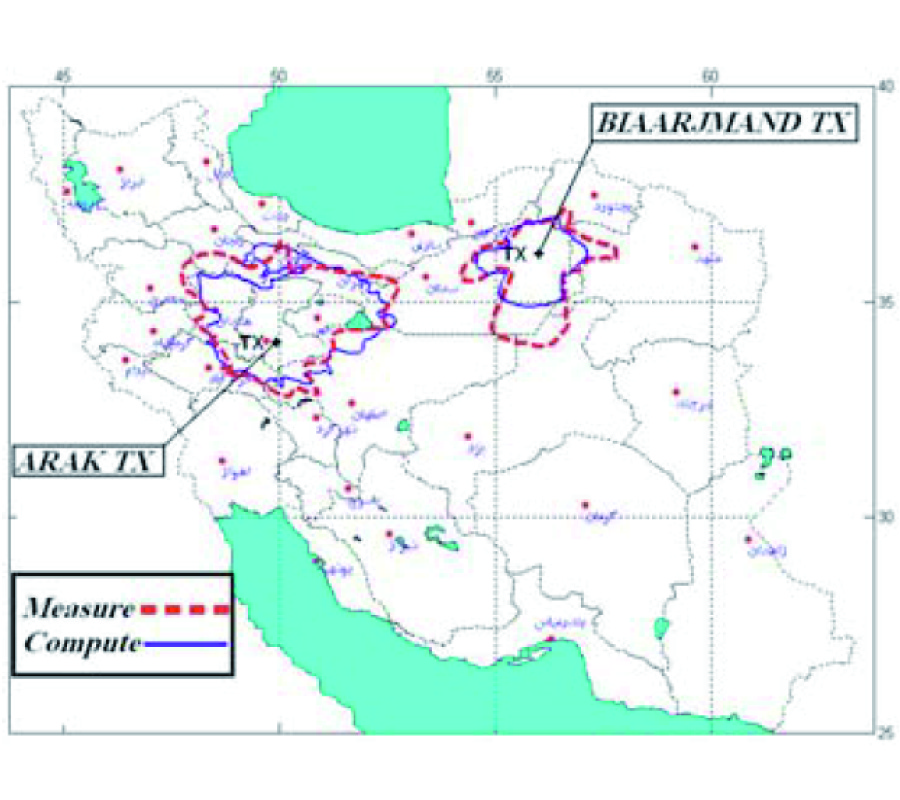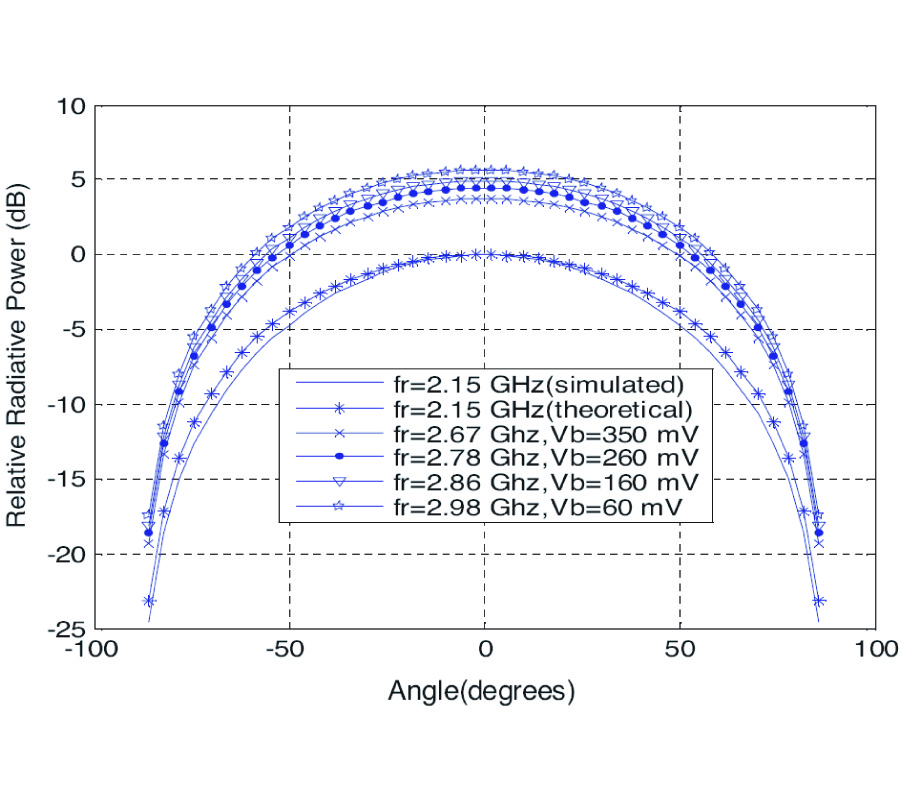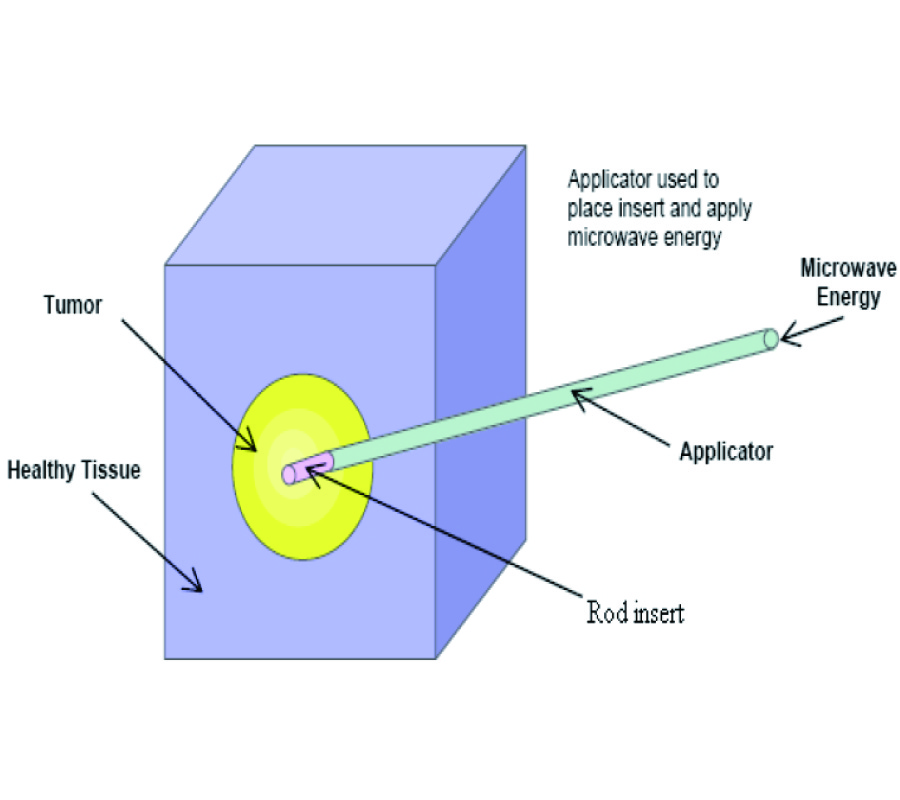Using Microwave Energy to Treat Tumors
Ashraf Talaat Ibrahim
Recently, hyperthermia has been investigated as an alternate therapy for the treatment of tumors. This paper explored the feasibility of preferential hyperthermia as a method of treating deep seated tumors. The overall goal of this research was to determine theoretically if preferential heating could be used to attain the desired thermal dose (DTD) for a two cm diameter tumor. The simulations in this work show that, when using a single rod insert, the model cannot provide enough energy for an entire 2 cm diameter tumor to receive the DTD. However, when using an enhanced design model with multiple (4) rods inserts, the DTD could be attained in a tumor up to 3.5 cm in diameter. This study involved using the model a spherical 2 cm tumor, assuming the tumor is located in deep tissue with a constant perfusion rate and no major blood vessels nearby. This tumor was placed in the center of a cube of healthy tissue. To achieve the preferential heating of the tumor, a rod insert was placed in the center of the tumor and microwave energy was applied to the insert (in the form of volumetric heating). The thermal modeling of this system was based on the Pennes Bioheat equation with a maximum temperature limitation of 80◦C. Additional enhanced design models were also examined. These models include 2 cm and 4 cm tumors with four rod inserts symmetrically placed about the tumor and a 4 cm tumor model using a single rod insert with antennae attached to insert to increase energy distribution to the tumor. The simulations show that only the enhanced design cases with four rods inserts can achieve the DTD for an entire 2 cm tumor. The main purpose of this research was to determine if a minimally invasive treatment system using one or more rod inserts could be used to preferentially heat (and attain the DTD) a 2 cm diameter (or larger) tumor. Achieving the DTD for a 2 cm or larger tumor was important because currently the maximum diameter tumor that can be treated via hyperthermia is approximately 2 cm.
In the remainder of this paper. I present the following: First, a background of prior research performed on various subject matters related to basic hyperthermia treatments, combination hyperthermia treatments, and computer modeling. After that, the development and verification of simplified thermal computer models of human tissue is described. Discussed next is the method of calculating the resulting thermal dose, the process of analyzing the results of the simulations of the thermal computer models. Once these introductory topics have been considered, the results of the computer modeling (using the primary thermal model) are presented. First, the effects of varying the perfusion rates in the computer model are explained. Then, a comparison of the overall treatment times, where the optimal treatment time was chosen, is discussed. Presented next is the results of varying the heat input rate. Rates examined include a constant heat generation rate, a constant insert temperature, a pulsed heat generation rate, various ramp heat generation rates, as well as exponential decay heat generation rates.

